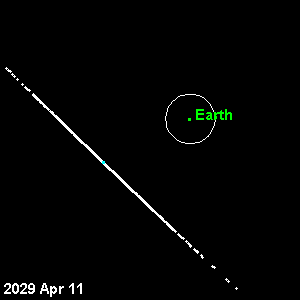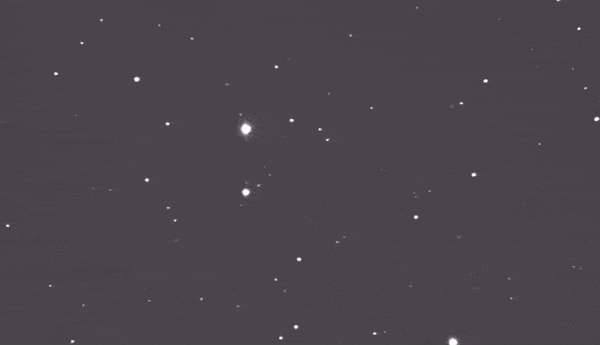On March 6, the asteroid (99942) Apophis passed by the Earth at a distance of 0.11 astronomical units, or almost 44 distances to the Moon. A decade and a half ago, he made a lot of noise, because calculations showed the possibility of his falling to Earth in 2029 or 2036. After clarifying the data, the possibility of a collision was practically ruled out for the next half century, so this year's rapprochement did not cause much noise in the press, and the asteroid moved to the category of curious natural phenomena. While Apophis is moving away, all new data on its orbit, shape and reflectivity will make it possible to even more accurately determine the distance at which it will pass near our planet in eight years.

, JPL/NASA 19 2004 2004 MN4 4 , , . - , .

2004, CNEOS/JPL/NASA
2005 ( ), 2006 , , 2029 . 2036, 0 . , - - 0,88 . 2014 2019. 20 - 13 2029 31624 , - 31647 . - , , 35768 . 800 .

13 2029, Orbitsimulator.com
, ( 2013 23% 2018 0,35±0,10), 13 2029 , 42 . , 2029 . - 450170 , , - (, , -, ). 2029 - , , , , .

6 2021, Dave Lane Abbey Ridge Observatory
, . , , , "!" , ( ). Sentry NASA, 6 2022, 2009 JF1 13 ( ) 0,026% (1 4000) .
And the Earth is already going to conduct experiments on active defense against asteroids. On October 21, 2021, the launch of the NASA DART mission is planned, in which a five hundred kilogram impactor will crash into a double asteroid (65803) Didyme to change its orbit ( you can read more here ).